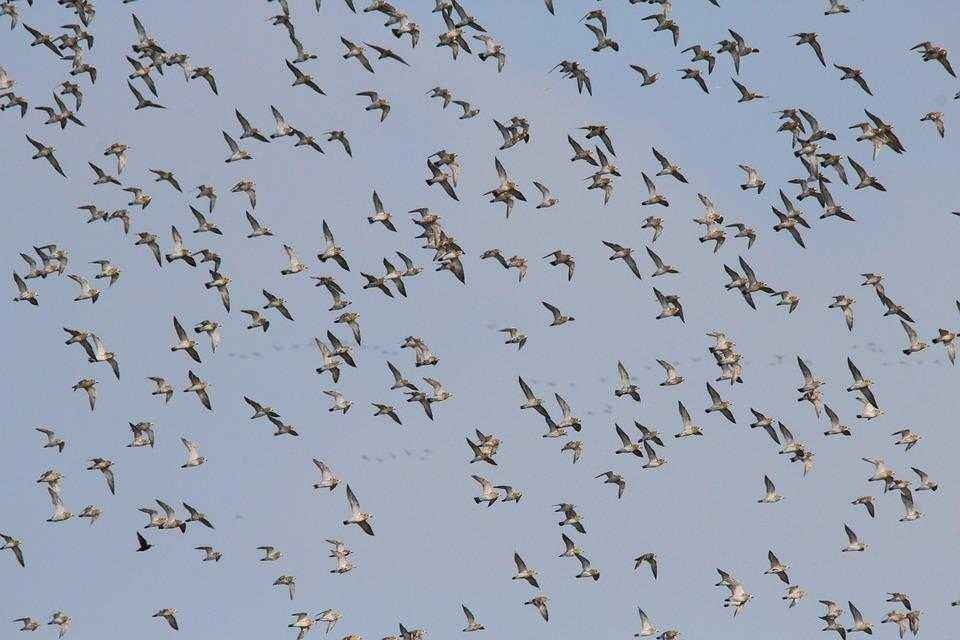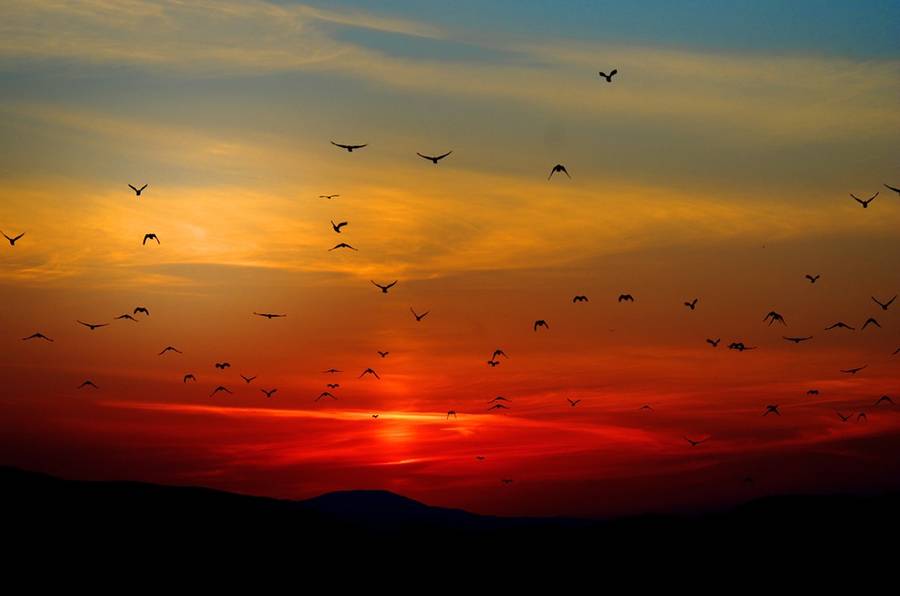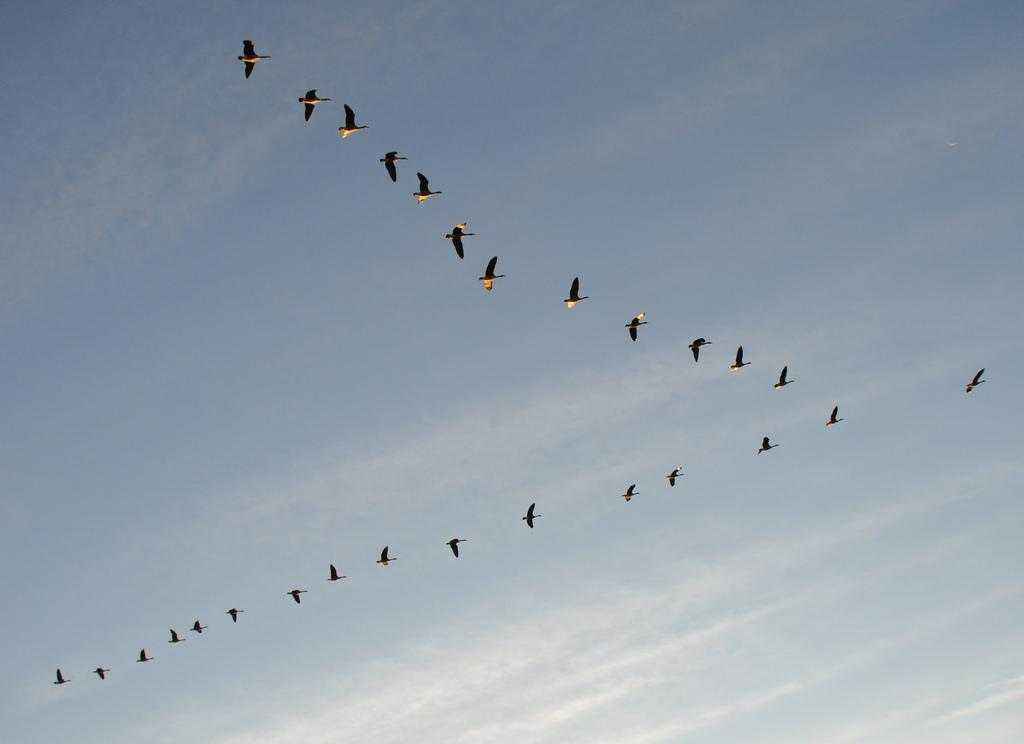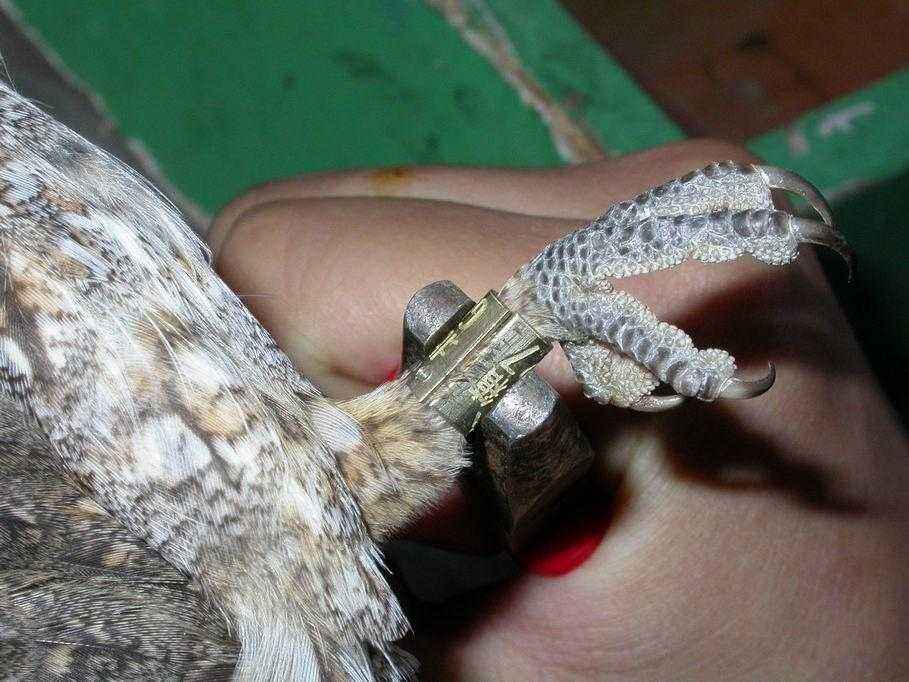The term "migration" comes from the Latin word "Migratus", which means "change". This word is of particular importance when it relates to. Migration is moving animals from one region (or) to another. It occurs at certain periods of time or season of the year. Animals migrate to multiply, grow, look for food or avoid cold weather. For many, migration occurs twice a year. They fly away in autumn and come back in the spring again.
What makes a bird, a bird?
All species of birds have feathers. There are other characteristics common to the class of birds, but feathers are the only feature, completely unique for these animals. Many may say that the flight makes birds special, but do you know that not all birds fly? Emu, Casual, and Nanda are birds that do not fly. Fluttering birds such as penguins are perfectly floating under water.
In birds there are many interesting devices that allow them to fly. Light, but strong bones and beaks are adaptation to reduce weight during flight. Birds have unique eyes, ears, legs, and can also construct sockets. Some species are able to make excellent sounds.
Why does birds migrate?

Many birds are looking for places in which heat, there is an abundance of food, and the ability to multiply and defend against predators. In, especially in, the climate is warm enough, so birds can find a sufficient amount of food throughout the year. Sustained daylight gives them a lot of time to eat every day, so they do not need to fly away to find food.
How do birds oriented?

Navigation is complex because it requires from birds understanding of three things: their current location, destination and the direction they should stick to to get to the target.
Some birds use the sun and stars to navigate. Others are focused on such objects as rivers, mountains or coastline. Some feathered can even use the smell. Although birds are also able to move on cloudy days and fly through where there are no clear benchmarks. So how do they do it?
Scientists came to the conclusion that the birds feel the magnetic field of the Earth due to the magnetically designer. In the beaks of birds there is so-called magnetite - this is an iron-containing mineral that acts as a compass. Other scientists believe that birds can see the magnetic field with their own eyes. Science is not all known about the orientation of birds, but probably they use several ways to navigate.
Why do birds fly wedge?

A flock of birds flies the wedge is not by chance. Big birds, such as geese and duck, form a wedge to reduce air resistance. Wedge allows steel birds to fly further and more efficiently than birds flying alone.
When climbing, the wedge increases efficiency by 70%. The leading bird and clinching wedge is more difficult, while birds between them benefit from the wings of other birds.
In addition to improving flight, this method is also useful for communications between birds. Wedge Wedge allows birds to fly close to each other, as well as hear and see their relatives. They transmit each other information (using sounds), and can hold together.
Danger of migration

Sometimes birds should fly through habitat, such as desert, where there is little water or oceans, where there is no place for recreation and feeding.
Even if they find food and water, the birds need to land on the ground, where they risk becoming someone's prey.
There may be many predators on the path of migration. Depending on the size, migratory birds become prey, foxes, wolves, people and other animals. Some birds can be attacked by larger bird species during the flight. Sometimes sophisticated weather conditions make it difficult to fly and even lead to death. It happens that birds face aircraft, which is dangerous both for themselves and for aircraft.
How does the ornithologists study birds and their migration?

Ringing birds is one of the methods used to study them. Scientists wear a small, individually numbered metallic, or plastic ring. They also use special networks known as mystical networks as a way to capture wild birds for research.
Thus, ornithologists can capture the same bird several times, measure and weigh it, as well as collect other important information for a long time. Sometimes scientists use satellite data to track the routes of bird migration.
Fascinating facts
- Polar paint has the longest known migration route. It flies about 70,000 km per year between the reproduction places in the Arctic and winter sites.
- Birds can fly at a speed of 30 to 80 km / h.
- Large birds fly faster than small species.
- For 10 hours of flight, some birds overcome about 650 km.
- Radar studies show that most flights occur at an altitude of less than 3 km, but some birds were recorded at an altitude of more than 8 km.
- Birds overcoming long distances fly at greater height than those that fly into small distances.
